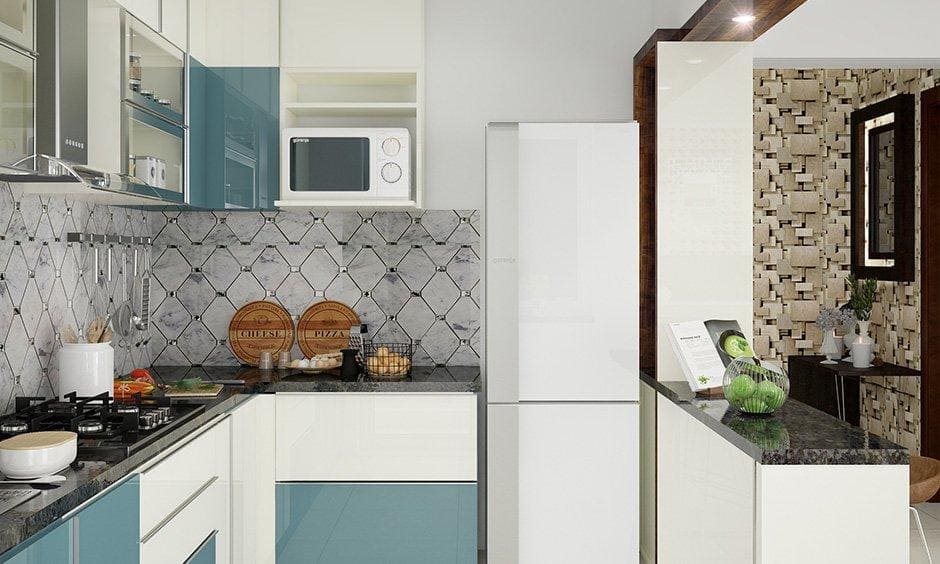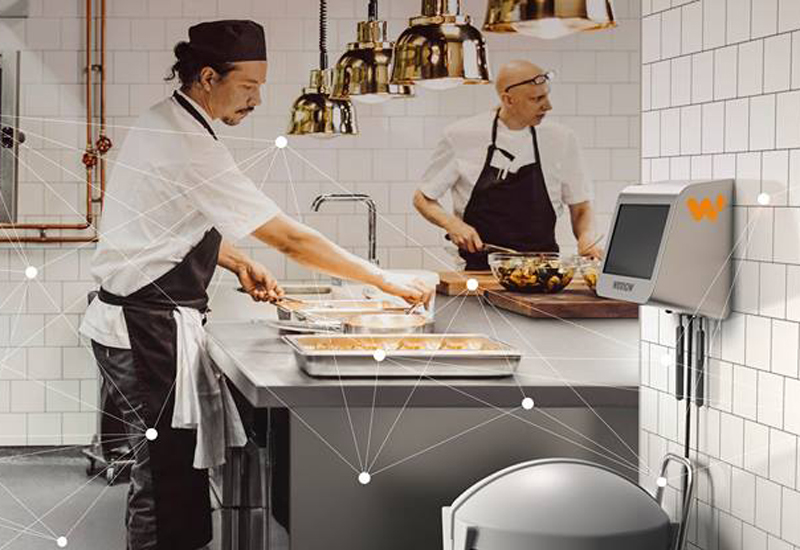In today’s fast-paced world, automated home lighting at night has emerged as an essential feature for many households. This smart technology not only enhances the ambiance of your home but also offers convenience, security, and energy efficiency. As the sun sets, having an automated lighting system can transform your living space into a haven of comfort and safety.

The Benefits of Automated Home Lighting
Automating your home lighting offers numerous advantages. From providing enhanced security to saving on energy bills, the benefits are numerous. The ability to control lights remotely, set schedules, and integrate with other smart home devices makes automated home lighting an appealing choice for homeowners.
Enhancing Security
One of the primary reasons people turn to automated home lighting at night is for security purposes. By simulating occupancy, automated lights can deter potential intruders. This feature is especially useful when you’re away from home, as it gives the impression that someone is home.
Energy Efficiency
Automated lighting systems can significantly reduce energy consumption. With the ability to schedule lights to turn on and off at specific times, you can avoid leaving lights on unnecessarily. This not only conserves energy but also reduces your electricity bills.
Convenience and Comfort
Imagine arriving home to a well-lit house without fumbling for light switches. With automated home lighting at night, you can set your lights to welcome you as soon as you step through the door. Many systems even offer voice control through devices like Amazon Alexa, allowing you to adjust lighting levels with a simple command.
How to Set Up Automated Home Lighting
Setting up an automated home lighting system is easier than you might think. With advancements in technology, many systems are designed for easy installation and setup. Here’s a step-by-step guide to get you started.
Choosing the Right System
First, determine your needs and preferences. Do you want a basic system that offers remote control and scheduling, or are you looking for more advanced features like geofencing and integration with other smart devices? Websites like geofencing in home automation provide insights into these advanced features.
Installation Process
Once you’ve chosen a system, follow the manufacturer’s instructions for installation. Most systems require a smart hub and compatible bulbs or switches. If you’re not comfortable with electrical work, consider hiring a professional to ensure safe and proper installation.
Integrating with Other Devices
For a seamless smart home experience, integrate your lighting system with other smart devices. This can include security cameras, smart thermostats, and more. Check out IFTTT for smart home to explore automation possibilities.
Maximizing the Use of Automated Lighting
To fully benefit from automated home lighting at night, consider these tips:
Utilize Routines and Schedules
Set routines to match your daily schedule. For instance, have your lights gradually brighten in the morning to mimic a sunrise, helping you wake up naturally. Use resources like setting routines with Alexa for guidance.
Incorporate Motion Sensors
Integrate motion sensors to automatically turn on lights when someone enters a room. This is particularly useful for hallways and bathrooms, where lights are often left on by accident.
Addressing Common Concerns
As with any technology, potential users may have concerns about automated home lighting at night. Let’s address some of these common questions:
Is it Secure?
Security is a top priority for smart home devices. Ensure your lighting system uses encrypted communication and strong passwords to protect against unauthorized access.
What if There’s a Power Outage?
Most systems have fail-safe features that retain your settings in the event of a power outage. Once power is restored, your system will resume normal operation.
Can It Be Customized?
Yes, many systems offer extensive customization options. From choosing specific lighting colors to setting different schedules for each room, the possibilities are nearly endless.
Conclusion
Automated home lighting at night is more than just a trend; it’s a step toward a smarter, more efficient lifestyle. By investing in this technology, you can enjoy increased security, convenience, and energy savings. Explore more about home automation at Repsol’s guide to home automation.

FAQ
What are the cost implications of installing automated lighting?
Costs vary depending on the system and features chosen. Basic systems can be affordable, while more advanced systems with features like voice control and integration with other smart devices may cost more.
How can automated lighting contribute to energy savings?
By allowing you to schedule lights and control them remotely, automated lighting reduces unnecessary energy use, leading to lower electricity bills.
Is automated lighting suitable for all home sizes?
Yes, automated lighting systems can be customized to suit any home size, from small apartments to large houses. The key is to choose a system that meets your specific needs and preferences.





